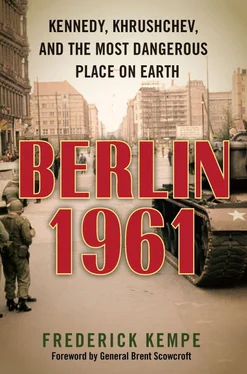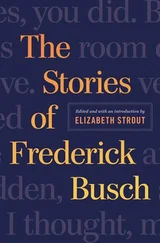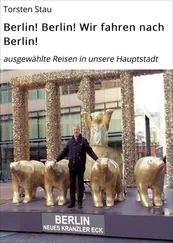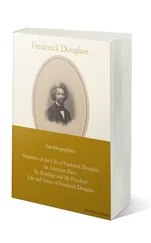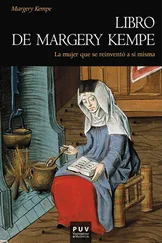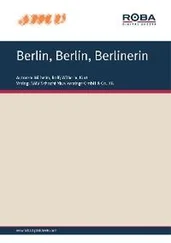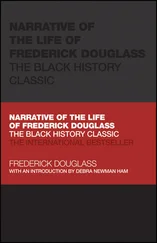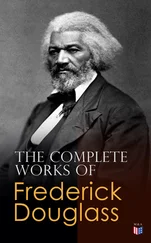Khrushchev was so unhinged by the time he debriefed Warsaw Pact envoys in Paris that he employed a crude joke in relating to them the outcome of the summit. It concerned the sad story of a Tsarist soldier who could fart the melody to “God Save Russia” but experienced an unfortunate accident when forced to perform the tune under duress. Khrushchev’s punch line was that the ambassadors could report to their governments that his own pressures applied in Paris had similarly made Eisenhower shit in his pants.
Poland’s ambassador to France, Stanislaw Gaevski, concluded from the session that the Soviet leader “was just a bit unbalanced emotionally.” For the sake of East–West relations, Gaevski wished Khrushchev had never come to Paris.
For all his theatrics, however, Khrushchev had too much at stake to abandon his course of “peaceful coexistence” with the U.S. He had given up on Eisenhower but not yet on America. Though the U-2 had undermined his summit, he could not let it undercut his rule.
On his way back to Moscow, Khrushchev stopped in East Berlin, where he replaced his Paris scowl with a peacemaker’s smile. Though originally scheduled to speak to a crowd of 100,000 in Marx-Engels Square, after the Paris debacle East German leaders had moved the event to the safer confines of the indoor Werner-Seelenbinder-Halle, where Khrushchev spoke to a select group of 6,000 communist faithful.
To the surprise of U.S. diplomats who had expected Khrushchev to escalate the crisis, Khrushchev sounded an unexpected note of patience until the Americans could elect a new president. “In this situation, time is required,” he said, adding that the prospects for a Berlin solution would then “ripen better.”
Khrushchev then began preparations for his return trip to the U.S. under dramatically changed circumstances.
ABOARD THE BALTIKA
MONDAY, SEPTEMBER 19, 1960
Khrushchev’s damp welcome on a rickety New York dock demonstrated just how much had changed since his grand reception by President Eisenhower at Andrews Air Force Base just a year earlier. Instead of flying to America aboard the Soviets’ most advanced passenger aircraft, which was in the shop for repairs, he had traveled aboard the Baltika , a vintage 1940 German vessel seized as reparations after the war.
To compensate and send a message of communist solidarity, Khrushchev had drafted as fellow passengers the leaders of Hungary, Romania, Bulgaria, Ukraine, and Byelorussia. His mood swings during the voyage were violent. At one point he fought off depression while preoccupied by fears that NATO might sink his unprotected vessel, yet on another occasion he joyously insisted the Ukrainian party boss Nikolai Podgorny entertain fellow passengers by dancing a gopak , a national dance performed with strenuous leg kicks from the squatting position.
When one of the Soviet sailors jumped ship while approaching the American shore, then sought asylum, Khrushchev shrugged in response, saying, “He’ll find out soon enough how much it costs and what it tastes like in New York.” Other indignities would follow. Khrushchev was received in the harbor by union demonstrators from the International Longshoremen’s Association, who waved huge protest signs from a chartered boat. The most memorable: ROSES ARE RED, VIOLETS ARE BLUE, STALIN DROPPED DEAD, HOW ABOUT YOU?
Khrushchev was infuriated. He had dreamed of arriving like America’s earliest discoverers, whom he had read about as a boy. Instead, the unionist boycott left the Baltika to be moored by its own crew and a handful of unskilled Soviet diplomats on the East River’s dilapidated Pier 73. “So, another dirty trick the Americans are playing on us,” Khrushchev complained.
The only saving grace was Khrushchev’s control of his home press. Pravda correspondent Gennady Vasiliev filed a story speaking of a happy crowd (there was none) lining the shore on a bright and sunny morning (it was raining).
None of that dampened the energy Khrushchev would invest in the trip. Speaking before the UN General Assembly, he would unsucessfully demand the resignation of Secretary General Dag Hammerskjöld (who would die the next year in a plane crash in Africa), and be replaced by a troika of a Westerner, a communist, and a nonaligned leader.” On the last day of his stay, in an iconic act that would be history’s primary recollection of the visit, he removed a shoe in protest of a Philippine delegate’s reference to communist captive nations and banged it on his UN table.
By September 26, only a week into Khrushchev’s trip, the New York Times reported that a nationwide survey showed the Soviet leader had made himself the focal point of the presidential election campaign and had helped make foreign policy the premier concern of U.S. voters. Americans were measuring which of the candidates, Richard Nixon or Senator John F. Kennedy, could best stand up to Khrushchev.
Khrushchev was determined to use his considerable leverage more wisely than in 1956, when Soviet Premier Nikolai Bulganin’s praise of the Soviets’ favored candidate, Adlai Stevenson, had helped the winning Eisenhower–Nixon ticket. In public, Khrushchev hedged his bets, saying that both candidates “represent American big business…as we Russians say, they are two boots of the same pair: which is better, the left or the right boot?” When asked whom he favored, he safely said, “Roosevelt.”
But behind the scenes, he worked toward Nixon’s defeat. As early as January 1960, over vodka, fruit, and caviar, Soviet Ambassador to the U.S. Mikhail Menshikov had asked Adlai Stevenson how Moscow might best help him defeat Nixon. Was it better for the Soviet press to praise him or criticize him—and on which topics? Stevenson responded that he did not expect to be a candidate—and he then prayed that news of the Soviet proposition would never leak.
Yet both parties so deeply recognized Khrushchev’s potential to swing votes, either by design or by accident, that each reached out to him.
Republican Henry Cabot Lodge Jr., who had grown close to Khrushchev during his first U.S. trip, had flown to Moscow in February 1960 to convince the Soviet leader that he could work with Nixon. Lodge, who would become Nixon’s running mate, said, “Once Mr. Nixon is in the White House, I’m sure—I’m absolutely certain—he’ll take a position of preserving and perhaps even improving our relations.” He asked Khrushchev to remain neutral, realizing any endorsement would only cost Nixon votes.
By autumn, the Eisenhower administration had increased its appeals to Khrushchev to release Gary Powers and the RB-47 airmen who had been shot down over the Arctic. Khrushchev recalled later that he had refused after calculating that the election was so close any such move might have swung the outcome. “As it turned out, we’d done the right thing,” he would say later. Given the margin of victory, he said, “The slightest nudge either way would have been decisive.”
The Democrats were also at work to influence Khrushchev. W. Averell Harriman, President Roosevelt’s former ambassador to Moscow, recommended through Ambassador Menshikov that Khrushchev be tough on both candidates. The surest way to elect Nixon was to praise Kennedy in public, he said. The timing of the meeting, less than a month before the election and while Khrushchev was still in the U.S., demonstrated the Democrats’ recognition of Khrushchev’s electoral influence.
As guarded as he was in public, Khrushchev was explicit with underlings. “We thought we would have more hope of improving Soviet–American relations if John Kennedy were in the White House.” He told colleagues that Nixon’s anticommunism and his connection with “that devil of darkness [Senator Joe] McCarthy, to whom he owed his career,” all meant “we had no reason to welcome the prospect of Nixon as President.”
Читать дальше
